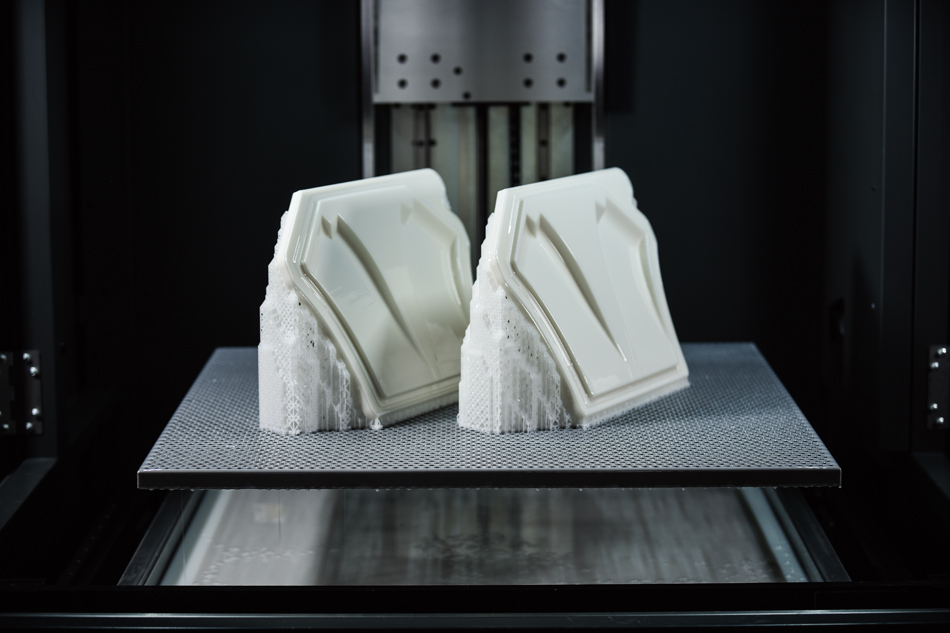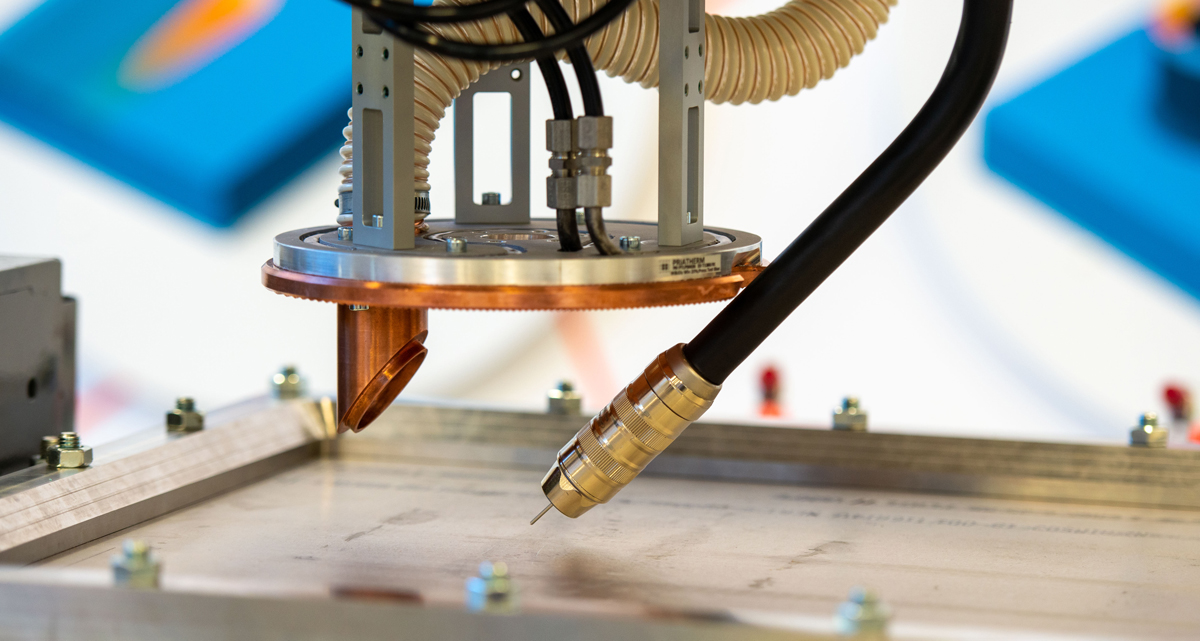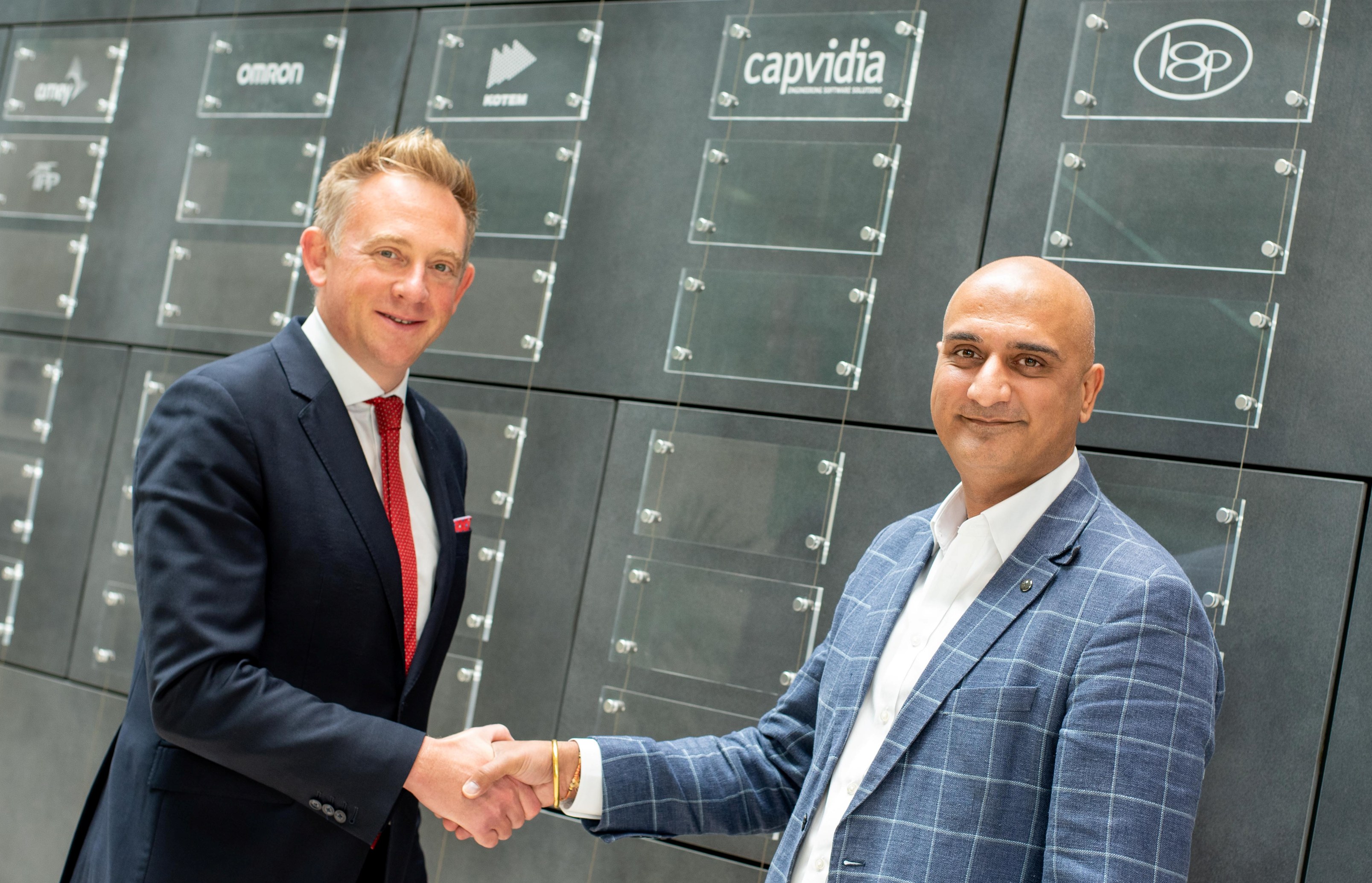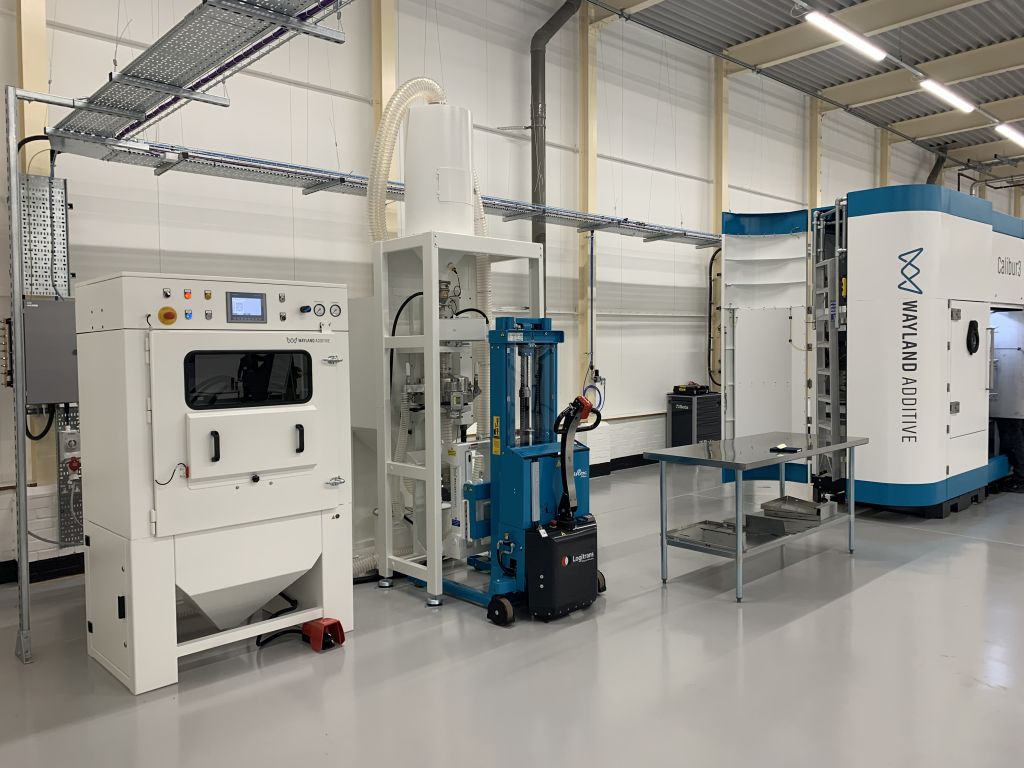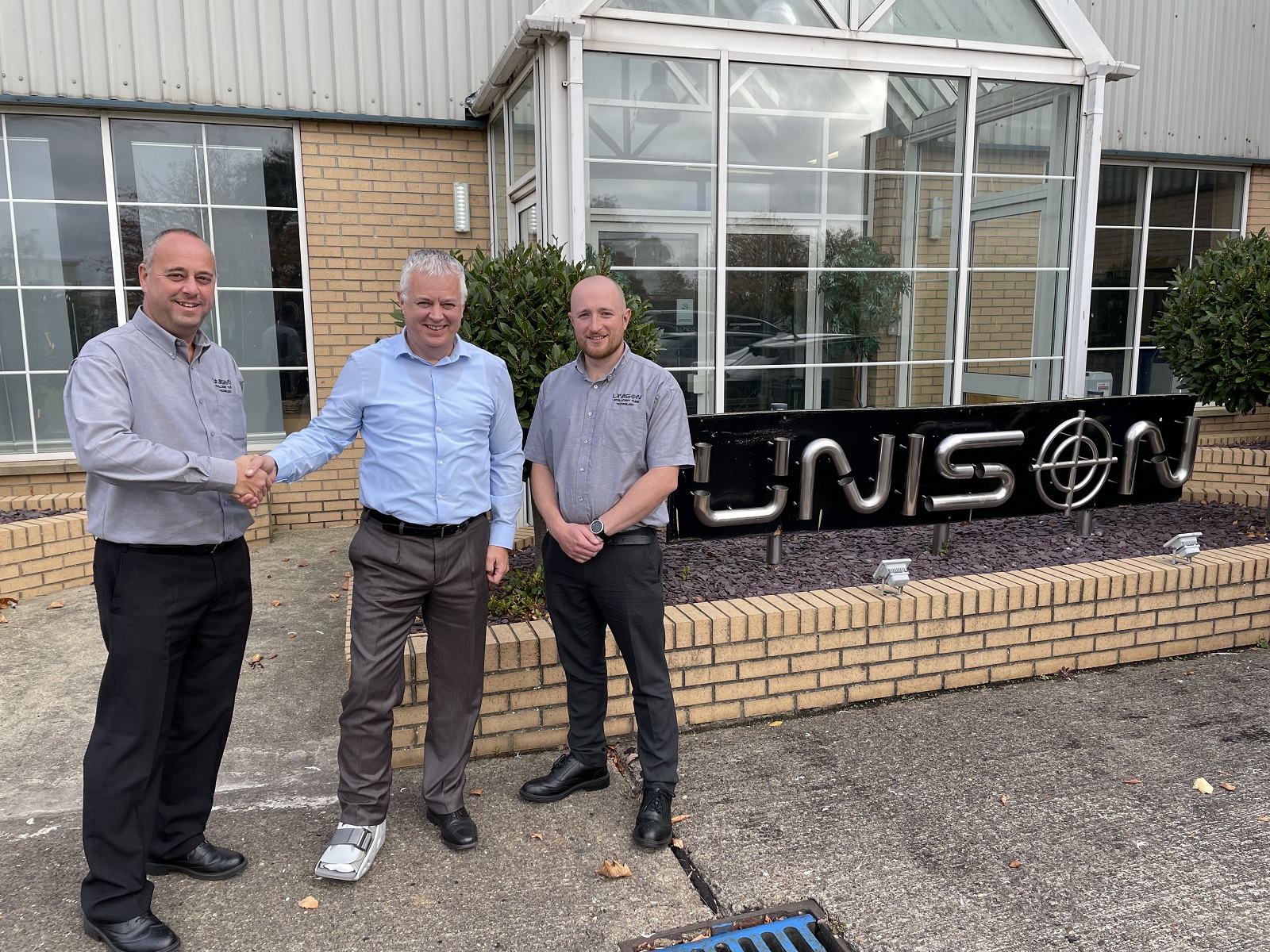Stratasys, a specialist in polymer 3D printing solutions, will show additive manufacturing solutions for every stage of the product value chain at Formnext (15-18 November, Frankfurt, Germany). From Hall 12.1, stand D121, the company will display its P3 Automated Production Cell, a system that automates the movement of parts between multiple 3D printers and post-processing equipment for cleaning, drying and curing. The goal is to reduce the labour resources required as 3D printing scales up on the factory floor. Stratasys will also show its support for innovation in urban mobility with a new vehicle category.
For further information www.stratasys.com






